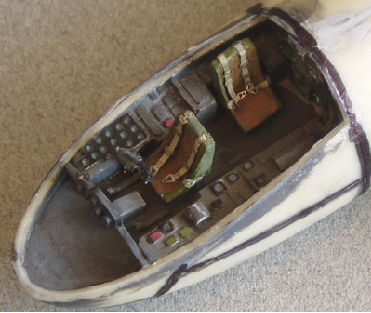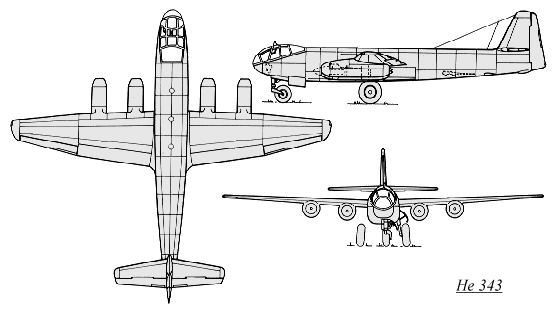Thanks lads...
Martin
Thanks for the pic. Tried to do a fairing but difficult as its insitu, same goes for wiring. Just too fiddly without disassembly. However I have added some gubbins...will post pic later.
Mal
Your question is, on the face of it a simple one, but the more I think on it the more complex the answer seems to be.
I can only answer for myself, but I do try and keep to self-contol....lol...oh yes?
I have a basic guideline.
Considering WW2 German aircraft had probably the biggest range of colours and camo styles, plus if you add the fact that most schemes were completed in the field by ground crews and all the other criteria such as supply difficulties, thinners and what was available in any given theatre etc, one might think anything goes. True there is a lot of “freedom of choice” but I believe a Luft 46 subject should look authentic and be recognisably German.
With this in mind I almost always stick to RLM colours. That is the key.
Probably the most straight forward way is to find an existing aircraft of similar type or role as the Luft 46 subject and apply the scheme/markings to make it look like a natural replacement.
Another way is to try and guess what was available in the intended theatre and apply that. A “pet” method is to use, say, armour shades that might have been commandeered and pressed into service.
When a more “daring” approach is desired, such as a new colour, I always use one or two basic RLM shades and add the new one as the third colour.
But it must look viable...its no use doing a cracking scheme that has no bearing to what was and what was probable...and someone says “thats an Israeli 1975 desert scheme...isn’t it?”
So if I go a little wild in camo style and colours I try and do it in moderation, using the RLM palette to keep that aire of reality.
Hope I didn’t prattle on...but you did ask...lol
Thanks again and Cheers
Peter
:-)




 :-)
:-) 


































